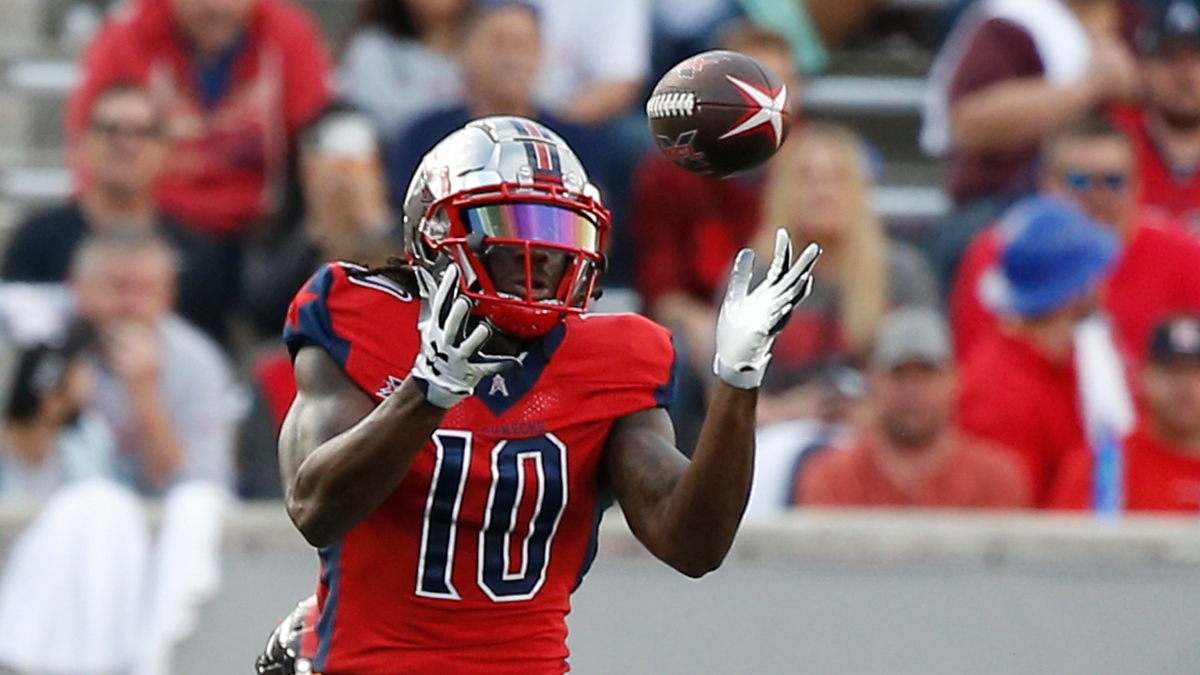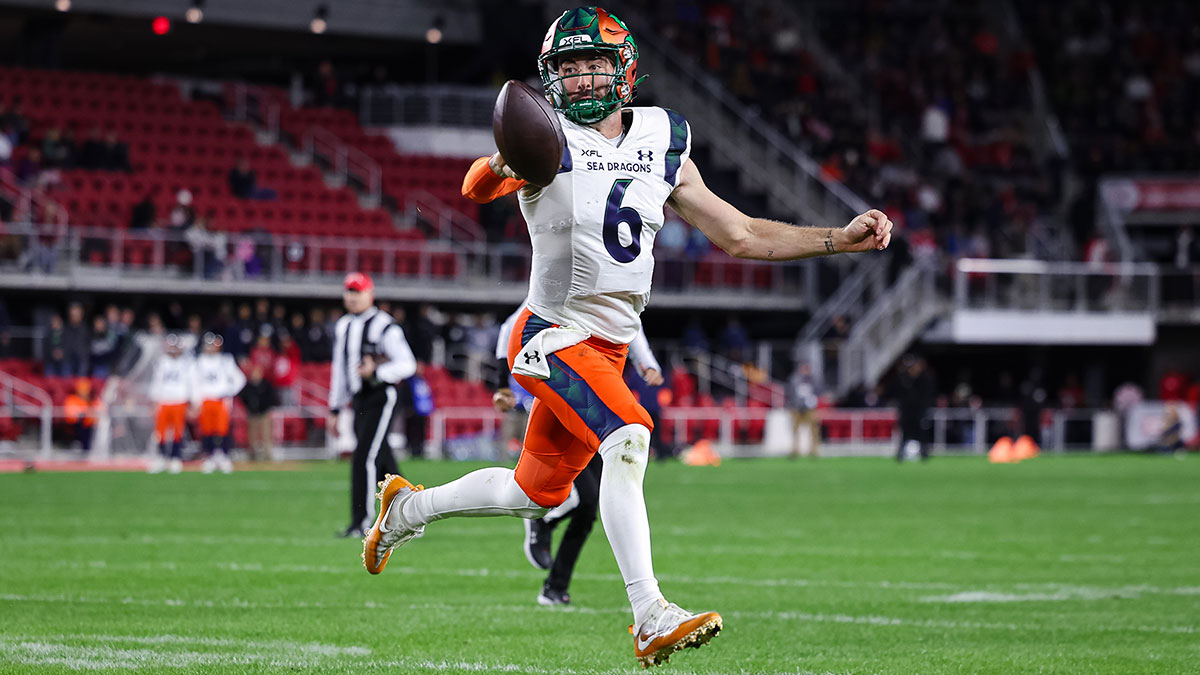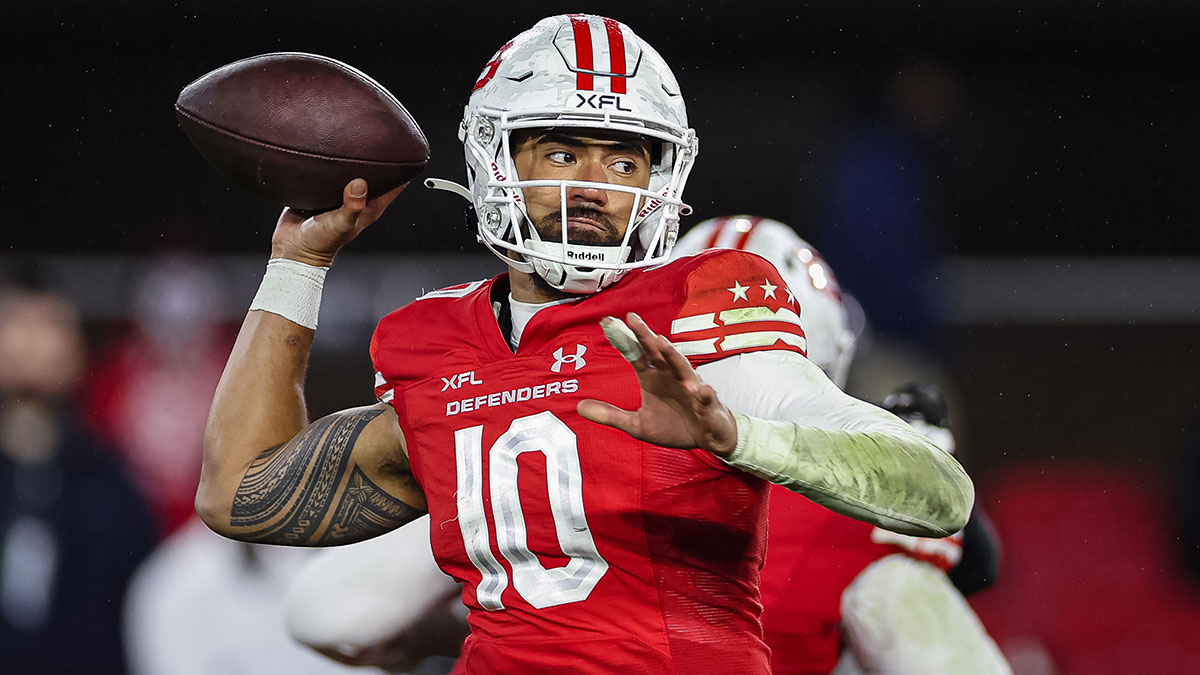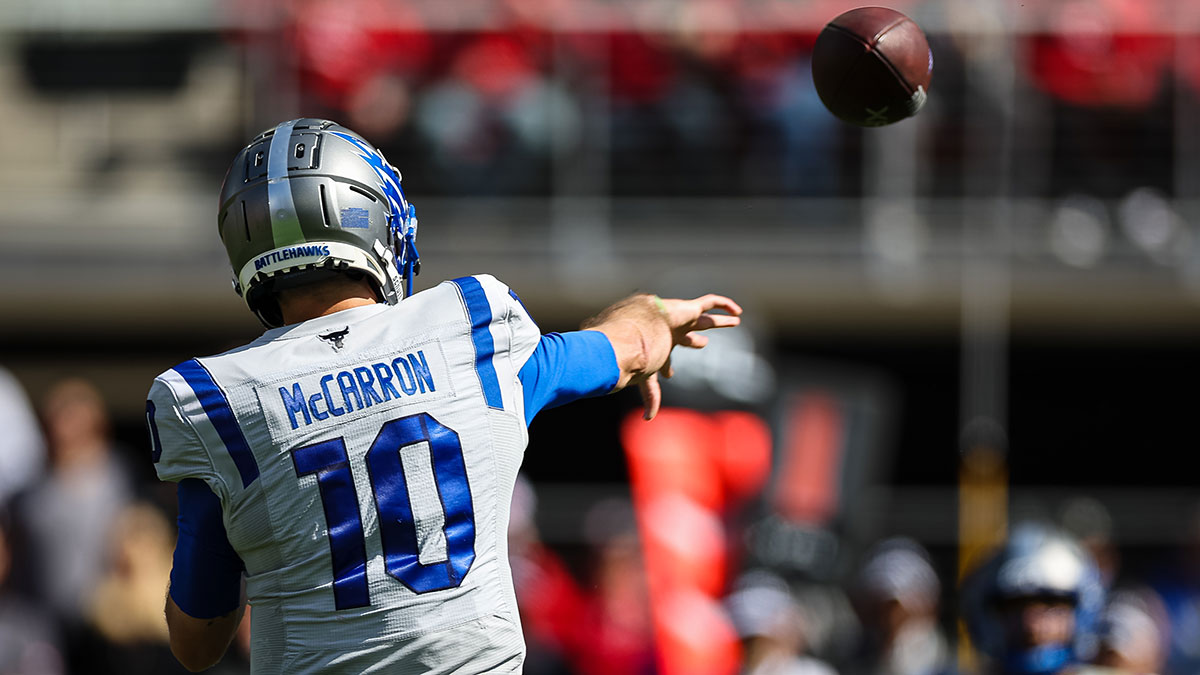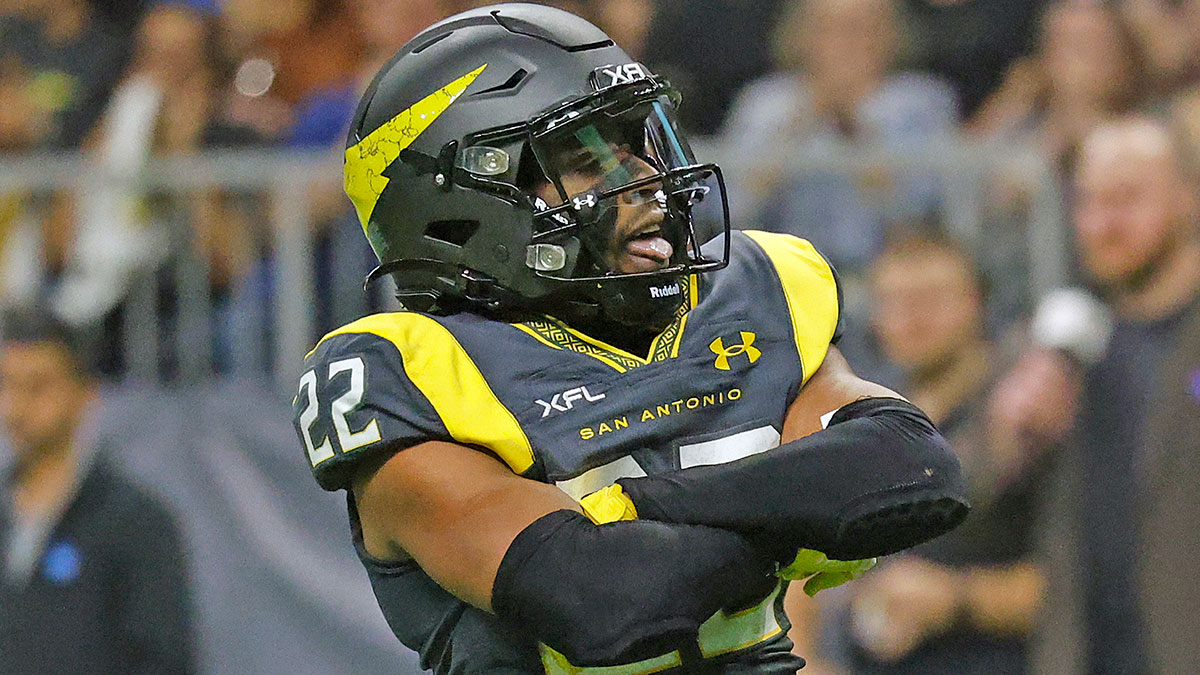A few years ago, Josh Hermsmeyer started a site called AirYards.com, where he tracks all of the air yards for NFL receivers.
But what about the XFL? Is there a site that offers air yards data for this new league?
Yes, there is.
It's called The Action Network.
We have XFL air yards data thanks entirely to one of our writers, Tony Marquis, who took it upon himself to watch each snap from Week 1 and log the data for every single pass attempt.
This guy is a hero.
Follow him on Twitter, and dive into his data. — Matthew Freedman
You can bet on the XFL at FanDuel, where Action Network users get a risk-free bet up to $500.
2020 XFL Air Yards Data
A note about these statistics: I compiled these numbers by charting the games. They are unofficial statistics, but I stand by them.
If you compare my statistics to those in the box scores at XFL.com, you'll notice a few discrepancies. For example: Renegades running back Cameron Artis-Payne was randomly credited with a 10-yard pass completion — even though he never attempted a pass — and he wasn’t credited for six rushing yards after a downfield holding call.
My numbers are unofficial, but they are almost certainly the most reliable XFL receiving statistics available. — Tony Marquis
What Are Air Yards & Why Should You Care About Them?
The scrimmage-yard distance that a ball travels on a target intended for a receiver: That distance is "air yards."
Example: If the Houston Roughnecks have the ball at their own 35-yard line, and quarterback P.J. Walker throws a pass to wide receiver Sammie Coates, who catches it at his 45 yard-line and is tackled at the 50, then on that play, Coates has 15 yards receiving, 10 of which are air yards and five of which are yards after the catch.
But let's be honest: Coates isn't known for catching the ball. If Walker throws to him, the odds are better than not that the pass will be incomplete. What happens if, instead of catching the ball at the 45, Coates drops it? In that case, Coates will have zero yards receiving, but he will still have 10 air yards.
Air yards — at least as they are commonly defined — are an outcome-agnostic statistic. It doesn't matter if a guy catches his targets or not: As long as he's targeted, he gets credit for the air yards that come with those targets.
Why should we care about air yards?
Not all targets are the same, and if you want to get a sense for how many yards a receiver is likely to get, a target projection will get you only so far. It also helps to know how far downfield a receiver tends to be targeted.
That's why air yards are important. — Freedman


